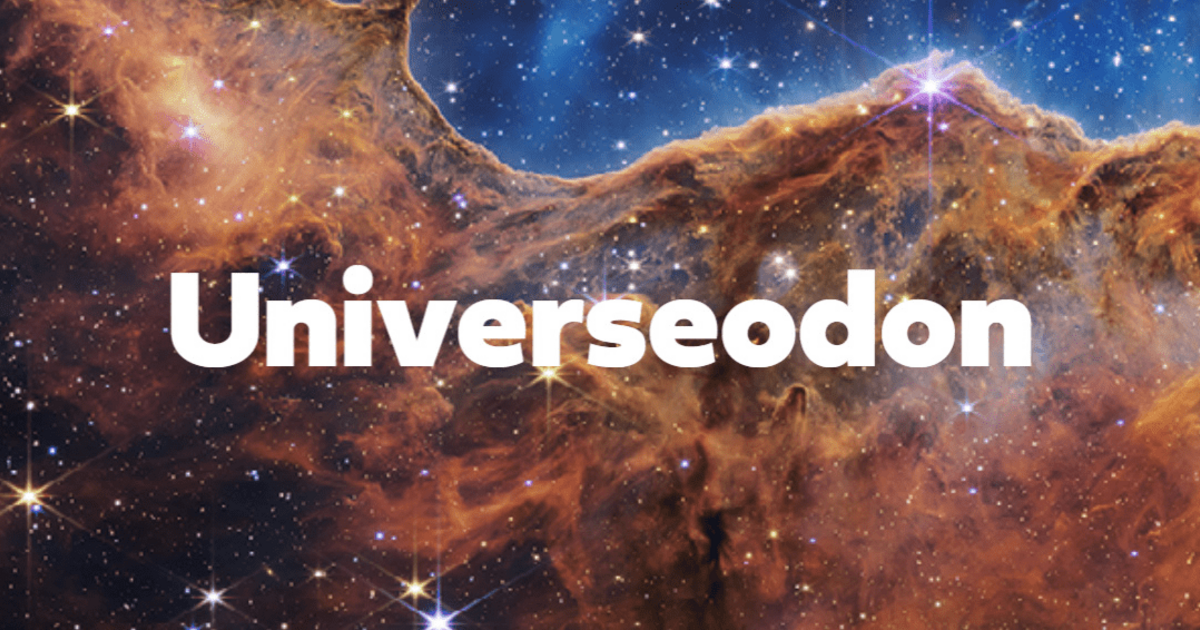Paul Balduf<p>Two years ago, I began writing my <a href="https://mathstodon.xyz/tags/doctoralThesis" class="mention hashtag" rel="nofollow noopener noreferrer" target="_blank">#<span>doctoralThesis</span></a> in theoretical <a href="https://mathstodon.xyz/tags/physics" class="mention hashtag" rel="nofollow noopener noreferrer" target="_blank">#<span>physics</span></a>. Most effort went into giving a very detailed pedagogical account of what the <a href="https://mathstodon.xyz/tags/renormalization" class="mention hashtag" rel="nofollow noopener noreferrer" target="_blank">#<span>renormalization</span></a> <a href="https://mathstodon.xyz/tags/HopfAlgebra" class="mention hashtag" rel="nofollow noopener noreferrer" target="_blank">#<span>HopfAlgebra</span></a> in <a href="https://mathstodon.xyz/tags/QuantumFieldTheory" class="mention hashtag" rel="nofollow noopener noreferrer" target="_blank">#<span>QuantumFieldTheory</span></a> does, and why it is natural and transparent from a physical perspective. <br>One year ago, my referees recommended in their reports to publish the thesis as a book, and today I received the printed copies! <br>It was exciting to go through all the steps of actually publishing a book, and I hope that it will be of use to convince physicists that the Hopf algebra structure in <a href="https://mathstodon.xyz/tags/QFT" class="mention hashtag" rel="nofollow noopener noreferrer" target="_blank">#<span>QFT</span></a> is not a weird mathematical conundrum, but it actually encodes the very way physicists have been thinking of renormalization since the 1950s: Parametrize a theory by quantities one can actually measure, instead of fictional expansion parameters. <br><a href="https://link.springer.com/book/10.1007/978-3-031-54446-0" rel="nofollow noopener noreferrer" translate="no" target="_blank"><span class="invisible">https://</span><span class="ellipsis">link.springer.com/book/10.1007</span><span class="invisible">/978-3-031-54446-0</span></a></p>
Recent searches
No recent searches
Search options
Only available when logged in.
universeodon.com is part of the decentralized social network powered by Mastodon.

Be one with the #fediverse. Join millions of humans building, creating, and collaborating on Mastodon Social Network. Supports 1000 character posts.
Administered by:
Server stats:
3.5Kactive users
Learn more
universeodon.com: About · Status · Profiles directory · Privacy policy
Mastodon: About · Get the app · Keyboard shortcuts · View source code · v4.2.17
#doctoralthesis
0 posts · 0 participants · 0 posts today
ExploreLive feeds
Login to follow profiles or hashtags, favorite, share and reply to posts. You can also interact from your account on a different server.
Create accountLoginDrag & drop to upload
